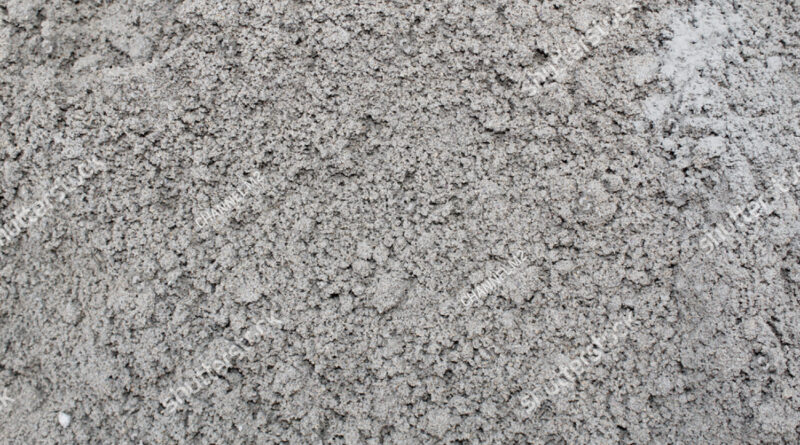What is Dry Pack Mortar? Its Advantages
Dry pack is a combination of Portland cement and sand passing a No. 16 sieve mixed with just enough water to hydrate the cement. It is also called deck mud or floor mud
Typically used to :-
- Repair small areas that are deeper than they are wide
- Filling holes , for cone bolt, core holes, and grout-insert holes for holes left by the removal of form tiesand
- For narrow slots cut for repair cracks.

Holes for dry pack should have a minimum depth of 1 inch. The proportion of the mixture is 1:4 and adequate water to produce mortar that stick together
Application
First careful inspected the hole, which should be cleaned and free from loose pieces of aggregate or other loose material. apply Nito bond or bonding grout is 1: 1 cement and fine sand mixed with water to a fluid paste consistency.
All surfaces of the hole are thoroughly brushed with the grout, and dry packing is done quickly before the bonding grout can dry. Under no circumstances should be bonding coat be so wet or applied so heavily that the dry-pack material becomes more has slightly rubbery.
Preparation of Dry Pack Mortar
- Dry pack mortar is prepared using only cement, fine aggregate and water. In general the mix contains 1 part of cement and 2.1/2 parts of sand.
- Low water content is preferred to eliminate excessive shrinkage and to attain high strength.
- Sand or fine aggregate used shall pass through No.16 sieve.
- Water in dry pack mortar should be added in such a way that the mixture should form a ball when molded in hand and it should not crumble or slump.
- Since it contains rich amount of cement, it is usually dark in color which may not match the concrete surface color. However if color uniformity is required white cement can be used.
Note ;- Dry pack mortar should be applied in layers wise with a maximum compacted thickness of 10 mm for each layer.
- The mortar should not allowed to dry during this 14-day period.
Advantages of Dry Pack Mortar
- Job site mixing of sand and cement is no longer needed
- It can be tamped, compacted, and sloped easily
- Time saving and economical
- Internal & External Application (General Purpose Plaster),
- External Application & bathroom walls (Water Repellant Plaster)
- Ceiling and brick laying Application (Ceiling Plaster)
- Uniform and better finish
- Reduction in cracks
- Enhanced durability and workabilit
- Easy application
- Better pot life

